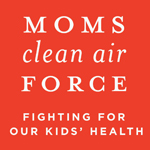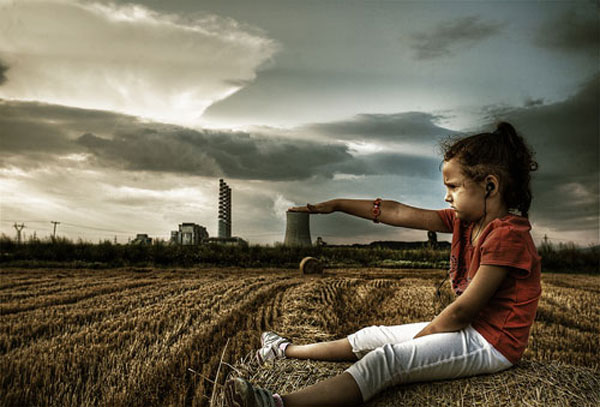 I visited my mom for her birthday last week. She always possessed a practical, no-nonsense attitude. Mom is the personification of a hip 80 year-old, but she reminds me often that growing up during the Depression gives her an edge of realism. Her mind is as sharp as a tack, so even at her advanced age, she’s truly light years ahead of her pack. Mom is still a voice of reason.
I visited my mom for her birthday last week. She always possessed a practical, no-nonsense attitude. Mom is the personification of a hip 80 year-old, but she reminds me often that growing up during the Depression gives her an edge of realism. Her mind is as sharp as a tack, so even at her advanced age, she’s truly light years ahead of her pack. Mom is still a voice of reason.
Since Mom’s body is not as sprite as her intellect, she walks and walks to keep fit. As she was preparing for a recent trip to visit relatives in Spain, Mom tells me, “I’m walking longer everyday to get ready for the trip. When I want something bad enough, like staying healthy, I become an advocate for it. I’m fighting to keep my mobility. As long as I can still breathe, there’s always something worth fighting for.”
What comes to mind when you hear the word advocacy? I asked Mom to define it: “Advocacy is the efforts and struggles of one person or a group of individuals to take action.”
I shared my mom’s vision of advocacy when I was a teacher. When a parent came to me with the notion their child had been wronged by the system, I would say, “I will help you, but you are your child's best advocate. No one else can fight their battles like you can.”
Whether we advocate for ourselves, like my mom is doing to stay fit, or we take on the school system like I suggested to parents whose children were not being well served, or we band together collectively for our children’s future health, like my friend and MCAF colleague, Dominique describes in Applesauce And Mercury In Fish: The Connection, the focused goal is to ensure that something important gets done.
In the case of clean air, advocacy is a handy word and a powerful tool. To ensure that our children's future includes clean air, how about we put advocacy into action? Believe me, you’ll be in good company with the League of Women Voters, National Audubon Society, American Academy of Pediatrics, World Wildlife Fund, and over 200 other groups…lest not forget the 75% of voters who support clean air.
Want to learn how to advocate for clean air? The Moms Clean Air Force is an advocacy group. We will help you. This is our job. But, you’ve got to take the first steps…
3 Steps To Effective Advocacy and 3 Ways To Support Clean Air
Present clear reasons for your requests Here you go: 1. Your Family’s Health 2. The Economy 3. The Environment
Provide accurate and helpful information Here you go: 1. What are the benefits of the Clean Air Act? 2. Why is cleaning up the mercury in coal plants important? 3. Why do power companies need regulations?
Share what you know with others for support
Here you go:
1. Tell the EPA you support the new Mercury and Air Toxic Standards.
2. Join the Moms Clean Air Force and follow us on Twitter and Facebook. Don’t forget to tell your friends to follow too!
3. If you blog, please add this badge to your side bar to show your support:

When mom came home from Spain, she was immensely proud that she had kept up with the rest of the family. She chided, “You just need to advocate for what you want and then go out and get it.”
Who is your child’s best clean air advocate? You are.
Credit: Beth Hoeckel via Anthology


 After listening to a
After listening to a 
